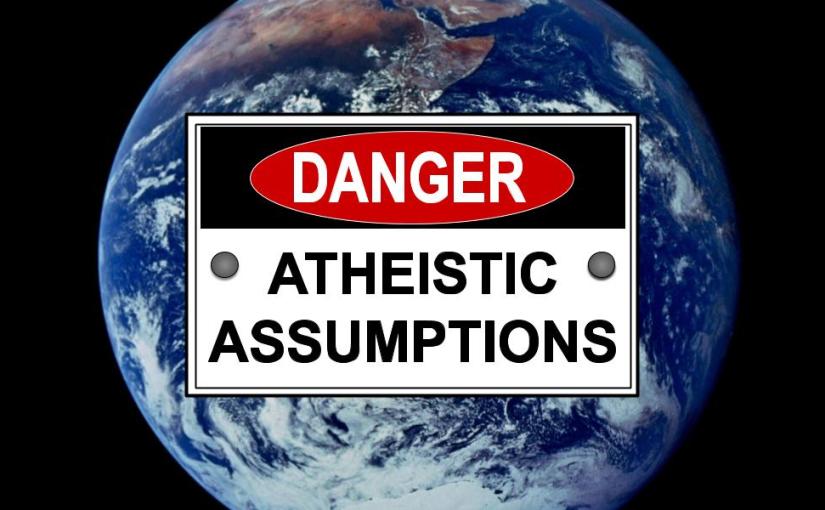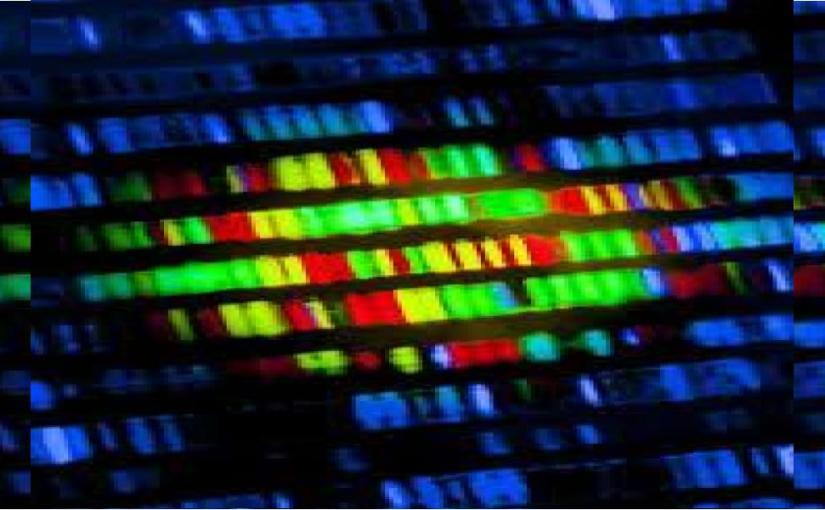Senior lecturer Department of Computer Science and Computer Engineering
by John Rankin
The creationist approach allows us to have an exceedingly intricate and beautiful world at the outset, ready for us to explore its wonders scientifically.
Dr. Rankin is senior lecturer in the Department of Computer Science and Computer Engineering, La Trobe University, Australia. He holds a B.S. (Hons) with first class honors in applied mathematics from Monash University, a Ph.D. in mathematical physics from the University of Adelaide, and a postgraduate diploma of computer science from the University of Adelaide. He has taught in tertiary institutions for more than 17 years.
When we ask about the origins of everything, what are the choices? We basically really only have two choices: evolution or creation. Evolution has its problems and no scientist denies that. But that doesn’t answer the question of why I believe in creation. Theories can be easily patched up with extra assumptions and more circuitous explanations and couldn’t the problem areas simply be put down to our present state of knowledge? Could we not simply hope that in the not-too-distant future, with further research, each particular thorny problem in evolution will eventually get resolved satisfactorily, one by one? In my perspective, however, if we think of the problem areas inevolution as “holes” in the theory, these holes are getting bigger with time, and they are not going away.
Evolution covers such a wide span of scientific disciplines that no one area is sufficient to disprove the theory. In earlier days, scientists accepted the assurance that although they had insurmountable difficulties with evolution in their own area of scientific work, evolution “works” and makes sense in other areas of research and in basic science in general. But as time has gone on, the problem areas for evolution in the various disciplines of science have not gone away but remained and are standing out like “sore thumbs.” With this situation, scientists have become aware of the difficulties for evolution in all other areas, in addition to their own. Now they are starting to say that maybe there are fundamental problems with the evolution explanation itself.
Let me describe my original area of research and how it related to evolution theory. My early research work was in the area of cosmology. This involves a deep study of mathematics and astronomy and, in particular, Einstein’s Theory of General Relativity. In cosmology we have a number of “cosmological models” that we study. These are mathematical solutions of the Einstein equations that describe different possible universes allowed according to the laws of physics. My research project was to pursue the question: if the universe started off as a homogeneous distribution of atomic gases and plasma, would the typical small statistical fluctuations in density grow and condense under the known laws of gravity to form protogalaxies, the precursors of galaxies with all their complex constituents of globular clusters, stars, planets, moons, asteroids and comets of today? …
CLICK THIS LINK TO READ THE FULL ARTICLE (& references)
image credit: Original artwork of computer engineer from unknown source image




You must be logged in to post a comment.